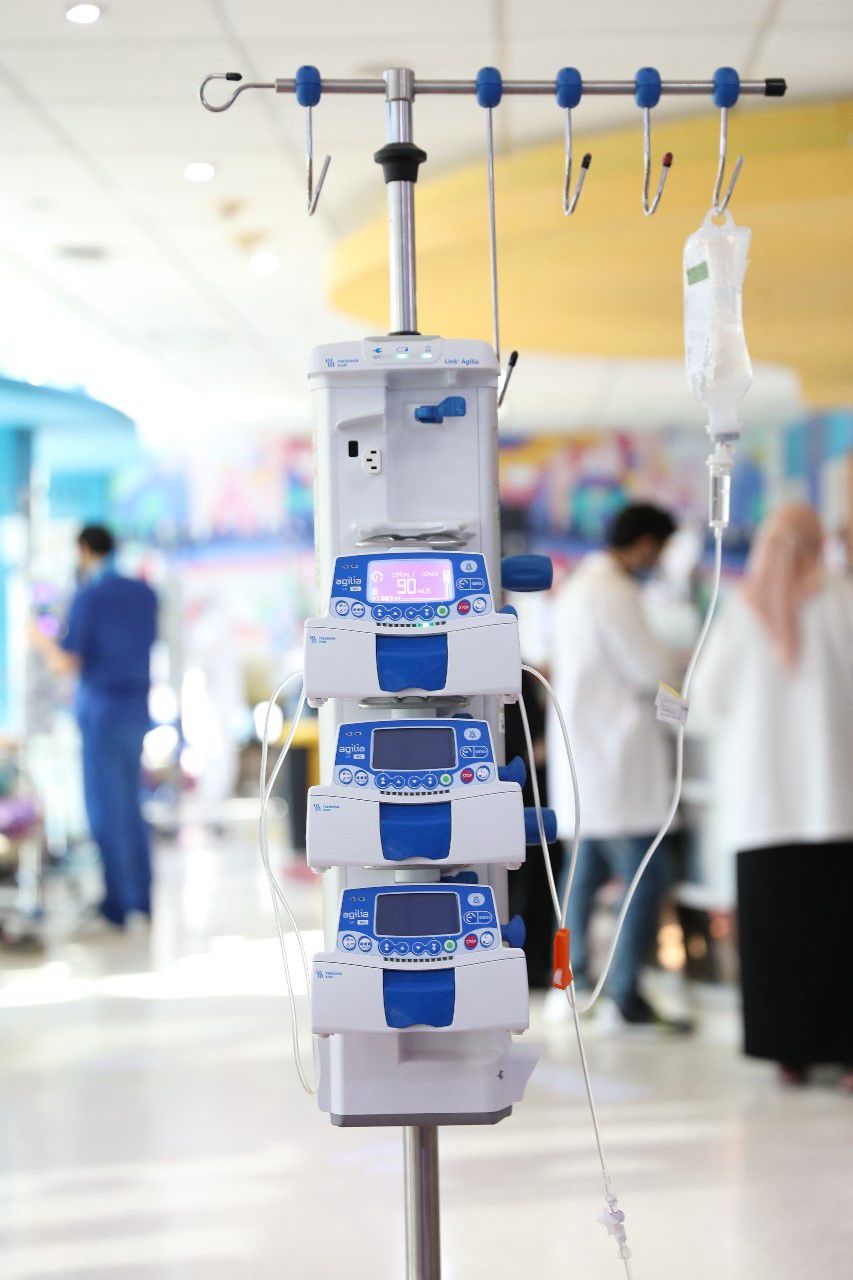 Jonathan Bailey, the man behind the design and construction of Children’s Cancer Hospital Egypt 57357 (CCHE), sat down with Egypt Cancer Network 57357 (ECN) to discuss his dedication to the cause of creating state of the art medical infrastructure on an international scale.
Jonathan Bailey, the man behind the design and construction of Children’s Cancer Hospital Egypt 57357 (CCHE), sat down with Egypt Cancer Network 57357 (ECN) to discuss his dedication to the cause of creating state of the art medical infrastructure on an international scale.
Mr. Bailey began his relationship with the individuals who formed CCHE in the late 1990s, when he and several associates from his London office paid a visit to the National Cancer Institute (NCI) to do a tour of the facility and see how he could be of service. The visit greatly impacted Mr. Bailey and his colleagues. One particularly poignant memory shared was of the children’s ward, which at the time was composed of 4-bed patient rooms. Each room was not only filled to capacity, but had double the number of beds, with two children assigned to each bed, in addition to their parents who were staying with them. Consequently, Mr. Bailey, his team and the Cairo team vowed to determine how they could make people understand that helping these young cancer patients was socially important.
Jonathan Bailey firm therefore created the concept for the building that is now known as CCHE, and were asked to be the designer on the project as well as the interior designer. In order to facilitate this extremely important and necessary project, Jonathan Bailey donated over $3 million of their fee for the designs, eventually handing them over to a local architect who would complete the project for free. In the meantime, the founders of CCHE raised additional funds to finance the project, and ultimately Jonathan Bailey was called back in to provide oversight to the construction and interior design of the hospital.
Mr. Bailey noted that he was particularly touched by the efforts made by individuals such as Dr. Sherif Abouelnaga and Patricia Pruden, two key figures at what is now CCHE, describing them as individuals who “realized there was a serious problem with cancer in that part of the world and dedicate their lives to trying to fix it”. It was these individuals, Mr. Bailey stated, that wanted to bring “state of the art diagnostics and treatment to children”, describing it as the perfect project as it was not driven by money, but rather by a genuine desire to improve the pediatric oncology situation in Egypt at the time.
Jonathan Bailey maintained their relationship with CCHE after the construction of the original campus, and was chosen to carry out the schematic light phase of the current expansion project of the hospital, which was funded by ECN. The schematic light phase can be summarized as an analysis of the existing hospital which identifies the needs of the remaining treatable population in Egypt/the MENA region, specifically those that seek pediatric oncology care. Therefore, the project determined how many cancer patients remained that they did not have the capacity to treat, as well as whether the land allocated towards the expansion was capable of handling the scale of the expansion project necessary to solve the growing cancer concern. Also detailed in the schematic light phase are the designs for the new edifices, staff counts, and a thorough review of what worked well in the original design and hospital, as well as where there was room for improvement. An example of the type of efficiency the schematic light phase seeks to implement is increasing the “usability” of a given space to an optimum range of 90%. In CCHE’s case, the more “usable” the space, the more room there is to treat and accommodate more patients.
The schematic light phase also established the contours, heights and interior design of the new expansion building, and included mentions of a design concept that combats the issue of anti-resistant bacteria strains normally found in hospitals that directly threaten the already compromised immune systems of cancer patients. It was determined that interiors which are easy to clean and featuring ultraviolet light would be implemented, and that the general design of the new expansion would take on the look and feel of the original hospital campus, albeit designed to be much taller.
This major component of the building process took Jonathan Bailey and his associates two trips for two weeks at a time to complete, in addition to four months of additional work. The reason for this immense time dedication lies in the fact that in the midst of the process, it was decided that the scope of the project needed to be larger. Therefore, the schematic light design process took longer than expected.
Mr. Bailey also took the time to share a touching glimpse into what inspires him to do this work in Egypt and throughout the world. He mentioned that he had endured some difficult experiences by a relatively young age which involved spending time waiting in hospitals. The whole experience of being in a hospital, he said, typically brings out one of the highest emotional levels a human being can reach. With that said, the hospitals he had spent time in were not places that he felt accurately addressed the emotional tumult that patients and family and friends of patients endure; they often lack windows and sunlight, have poor lighting and are generally unpleasant from a basic structural standpoint .
He later went on to be an officer in the US Air force, where he was part of a group that was placed in charge of health facilities. He therefore was given the responsibility of determining the need for proposed hospitals in various parts of the world, writing proposals and seeking approval from the US Congress.
Mr. Bailey continued to delve into interior and architectural design, winning several international competitions that allowed him to explore innovative means of handling the construction of corporate interiors and train stations, amongst other things. It was this experience that he took with him upon completing his graduate work, which he molded into a vision for constructing international hospitals and medical institutions that would be places of happiness and light for patients, friends and family members like. He eventually started Jonathan Bailey, he said, “to be a refuge for all the people like me” who specifically wanted to focus on improving healthcare.
ECN extends its profuse thanks to Jonathan Bailey and his team for their revolutionary vision and dedication to the country of Egypt and to the mission of ECN, part of which is to support the improvement of medical infrastructure in Egypt. The existence of CCHE and the construction of the expansion of CCHE are a testimony to the power of teamwork which transcends cultures.
To read more about the CCHE expansion project, please click here.
.
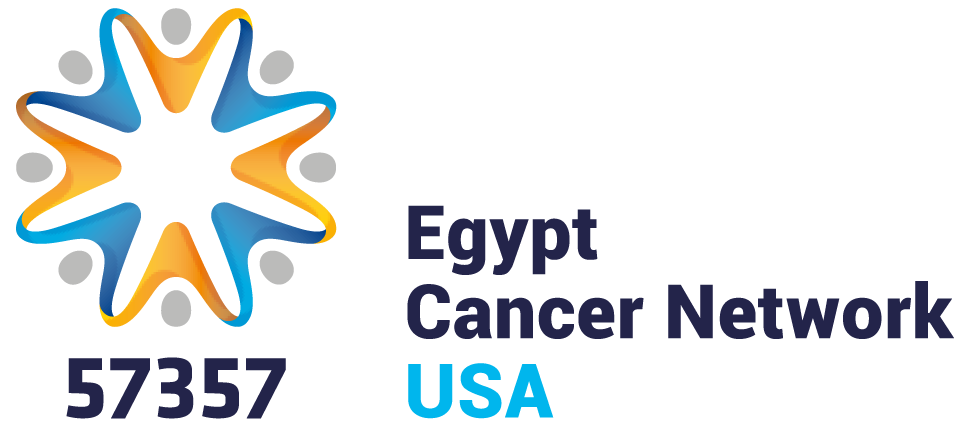
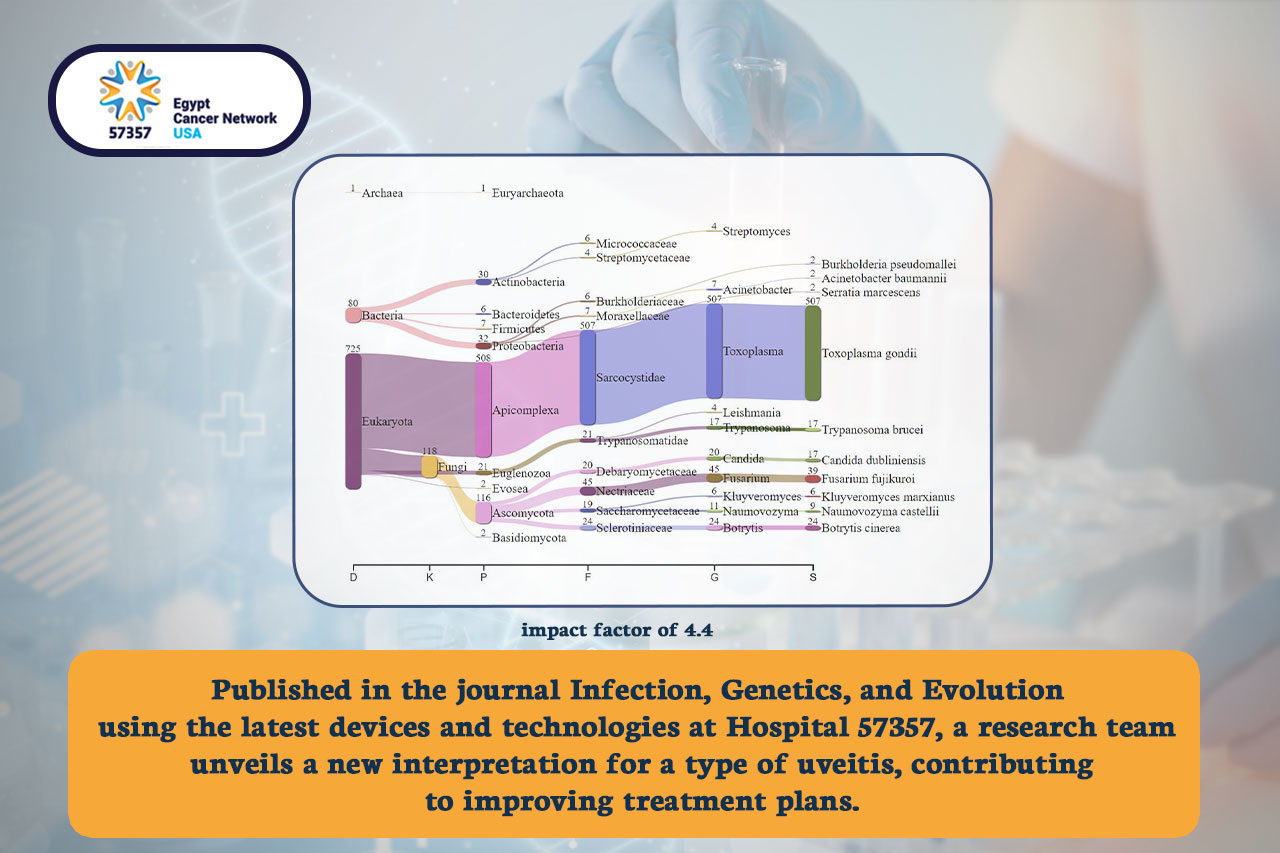
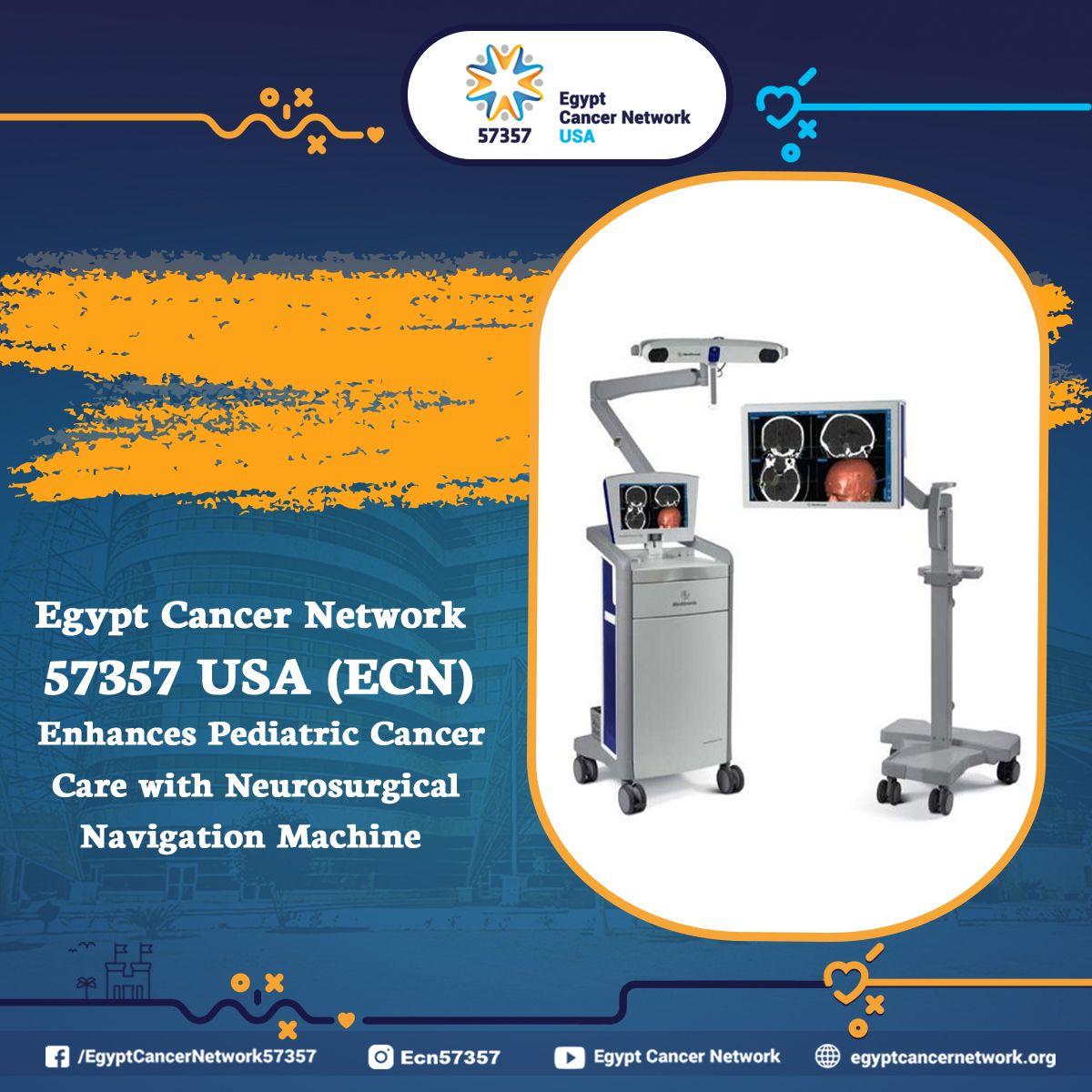
 Donate Now
Donate Now